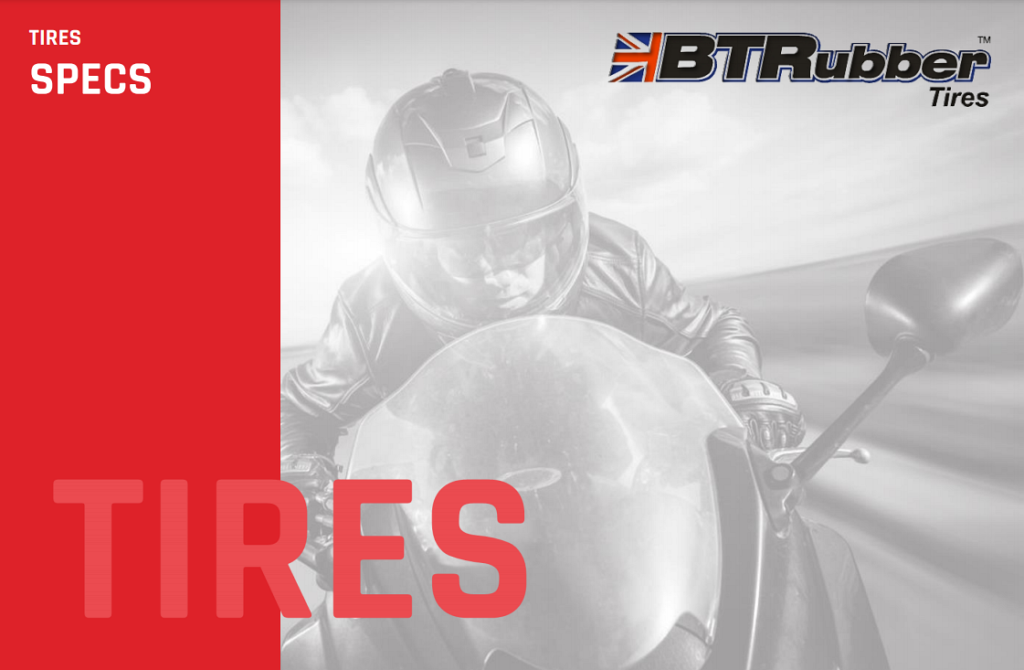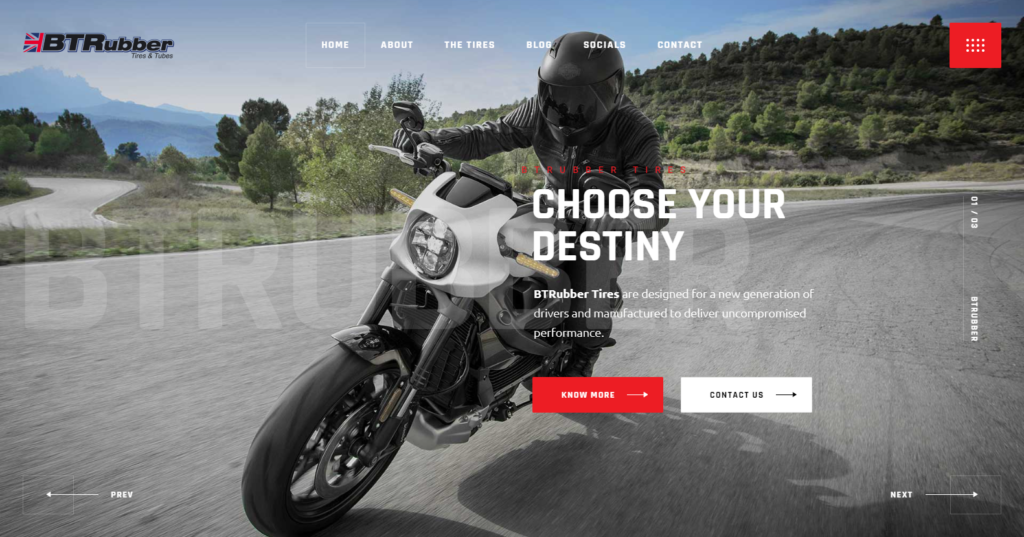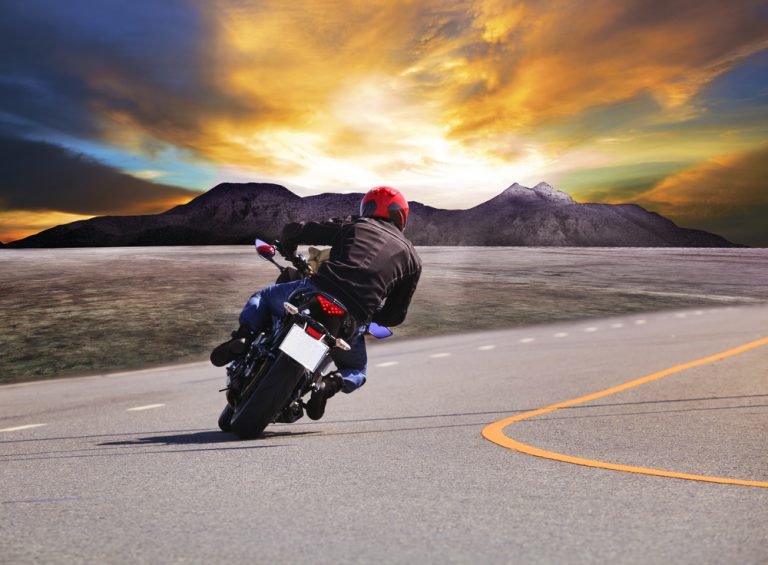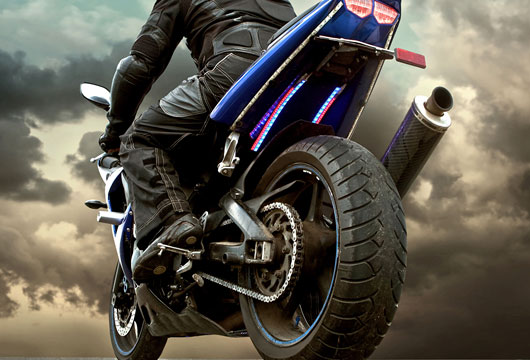
The outcome of the combined forces of friction, tyre vertical load and the contact patch of the tyres with the road, tyre grip, is an important factor in your motorbike tyres. As you may already know, it is affected by the temperature of your tyres.
In this article, we will explore the relationship between motorcycle tyre grip and temperature. We will also explain how to check the tyre temperature and what else you should do to ensure good grip and safe driving.
Does tyre pressure increase with temperature? How do I know how my tyre temperature changes while I ride my motorbike? Read on and find the answers to these and other questions you might have.

How tyre temperature impacts your motorbike
The temperature of a motorcycle tyre influences numerous properties of the vehicle on which it is fitted. It is, therefore, extremely important to understand that a difference of just a few degrees can have catastrophic consequences.
What are the consequences of too hot tyres?
In short, rising tyre temperature mostly affects:
- Braking capabilities of your motorbike – because friction coefficient is changed, brakes may be less effective at very high temperatures
- Riding safety while cornering – during fast driving on corners, the tyres may reach a temperature of even more than 100°C!
- Tyre elasticity – higher temperature increases the elasticity of a motorbike tyre and may consequently lead to tyre deformation
- Tyre pressure – the air pressure in your tyre may grow because of the increased tyre temperature
What are the consequences of cold tyres?
While many riders know that hot tyres can cause various problems, not all of them are aware that when tyres are too cold, they can cause some issues, too. These include:
- Reduced grip – since the grip increases with temperature, a colder tyre has less grip
- Greater susceptibility for skidding on turns
- Reduced stability
- Reduced tyre pressure
- Greater transmission of unevenness in the road surface to the handlebars

Tyre temperature and motorcycle riding
Clearly, the strong relationship between motorbike tyre temperature and grip further extends to numerous other riding parameters.
Riders have different preferences and expectations. To meet their various needs, the tyres designed for everyday use are made of compounds which enable driving across a broad range of temperatures.

These tyres typically have a very broad range of optimum tyre temperature. They are designed to be elastic from just 5 degrees Celsius, while not suffering from excessively fast wear at temperatures of even around 90 degrees Celsius. This figure is the level of temperature that can be reached when riding at high speeds, such as on motorways.
The rubber compound ensures grip
The adhesive parameters of particular tyre models are determined by the chemical substances used in the manufacturing process of the tyre construction.
A variety of compounds are used for various different tyre types:
- In touring tyres, the compound which is used in production contains a mix of resin and plasticizers, providing significant protection when dealing with cold tyres.
- For sports tyres, in turn, a compound containing resin is used, as this ensures ideal grip as the tyre’s workload increases. It is additionally common for soot particles, or oil, to be used to increase the degree of grip offered.


How to measure the tyre temperature
There are numerous ways to check the temperature of your tyres. In regular conditions of a typical, everyday use, getting a tyre temperature sensor is probably the best and easiest method.
Apart from using tyre temperature gauges and sensors, your other possibilities to check the tyre temperature include:
- You can use an infrared thermometer, as this will give quick and accurate readings.
- You can also touch the tyres with your hand. Optimum tyre temperatures begin at 20°C which will feel quite cool, while a temperature of 35°C feels pleasantly warm. In turn, the heat closer to 60°C will make you take your hand away from the tyre.
The situation is, of course, slightly different in the case of motorcycle racing, where specialistic sports tyres for advanced riding are used. In such situations tyres get heated up to 100°C and, in extreme cases, even as high as 200°C. Then touching the tyre will not be a good option so in such circumstances you should use an infrared thermometer or other remote device.
You should also remember that, over time, all motorcycle tyres lose their traction properties, even if they do not appear to be damaged. It is, therefore, recommended to replace your tyres with new ones every season, even if they are not showing external signs of wear.
It is equally important to use your tyres correctly. If you are not sure whether or not you are following the manufacturer’s recommendations, take a look at our user guides or contact us and find out more.
BTRubber Tires / Chooce Your Destiny!

















